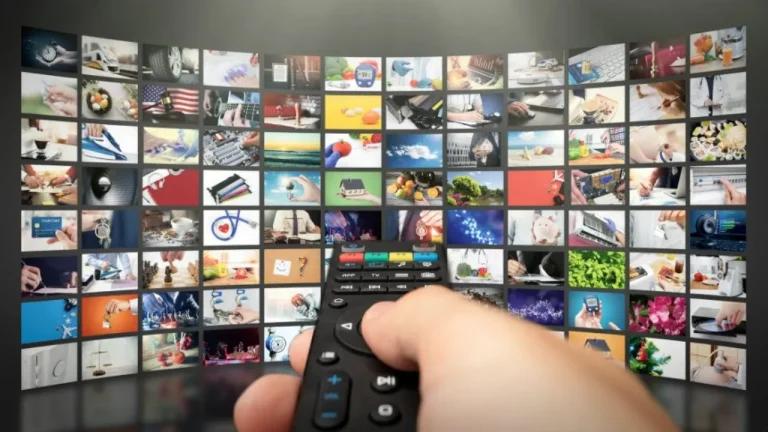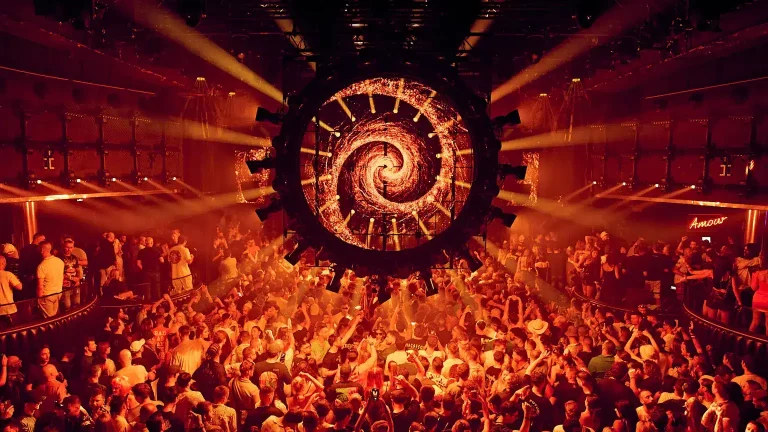How to Build Your DIY Photo Studio
You love taking photos, and it seems that setting up your own studio is the natural next step. If you have your own studio, you can basically roll out of bed and get to work.
There’s just one problem. You’ve always heard that setting up a photo studio is expensive and hard work. In reality, you can set your own studio up with a few supplies and a limited budget.
Choose Your Space
You need to put some thought into choosing the space for your DIY photo studio. The space you need depends on what you want out of the studio.
If you just want to take headshots, you can clear out a small space in a room. For instance, you can use an unused corner of the living room or even the kitchen.
However, if you want to takefull-body shots and use lots of props, you need a much bigger space. If that’s the case, you need to clear out an entire room or use a storage room for your photo studio. This will give you more room to set up photos and incorporate props.
Having a larger space has another benefit. It gives you much more control over the lighting. Light tends to bounce off the walls in small spaces, and that can be a photographer’s worst nightmare.
Choose Your Backdrops

Backdrops play a crucial role in taking great photos. The right backdrops enhance the photo shoot and help you get the professional-looking photographs you crave.
If you want to start small, a simple white wall can act as your backdrop. You can also use sheets or fabric to create backdrops.
While many photographers use plain backdrops, don’t be afraid to get creative with this. Hand paint a wooden board or a piece of textured fabric. This will add more depth to your photos.
You’ll also want to add some colored backdrops. Again, you can use curtains or fabric, but go with a solid color that will pop on camera.
Make Sure They’re the Right Size
This is something that people often get wrong when setting up a backdrop. They just get a sheet or a piece of fabric with little thought about the size. You need properly sized backdrops if you’re going to take professional looking photos.
If you have a small space, you can use a backdrop that is 3.5 feet x 3.5 feet. This size of a backdrop is excellent for tight headshots and photos of babies or toddlers.
If you want to take standard headshots, your backdrop needs to be 5 or 6 feet wide. A backdrop this size can still fit into a small space, but you can take amazing headshots with it.
If you want to take three-quarter-length portraits or headshots, consider a backdrop that is 5 or 6 feet wide or 6 or 7 feet long.
If you want the most versatility with your shots, go with a backdrop that 9 to 10 feet wide. You should also have one that is 10 to 12 feet long. If you have a large backdrop, you will be able to handle practically any type of shot.
Hang Your Backdrops
Hanging a backdrop is easier than you might think. You don’t have to spend a lot of money on a backdrop mounting system.
If you have a small backdrop, wall hooks will do the trick. You also have the option of using PVC pipes and fittings to create a standing frame.
Think Lighting
If you’ve been taking photographs for very long, you know the importance of lighting. Natural lighting is the best option. First, it’s free, and that’s hard to beat. It also adds a softness to the photos.
Of course, natural light has a mind of its own, and you’ll need to control it to get the most out of your photos. Diffuse the light with a white cloth or cover the windows with fabric.
If you don’t have access to natural light, that’s OK. You can use artificial light. This can be very expensive, but there is a cheap alternative. Get two IKEA LERSTA lamps and wrap the inside of them with tinfoil. Crumple the foil, so the light bounces.
Then, swap out the bulbs with daylight fluorescent bulbs.
Next, take a large bowl and white quilting cotton. Using the top of the bowl as a guide, cut a circle out of the quilting cotton.
Next, measure the circumference of the opening in the lamp and cut a piece of thin elastic. It should be slightly smaller than the lamp’s circumference.
Grab that circle of fabric you cut and your elastic and head to the sewing machine. Use the zigzag stitch to sew the elastic onto the circle of fabric. You want to attach it to the outer edge, stretching it as you sew.
Put the fabric over the lamp, and you will have amazing light.
Get Ready to Go Pro
Whether you make your own photo studio or use a rental photography studio, the space will help you take amazing photos. Your skills will shine when you have access to studio space.







